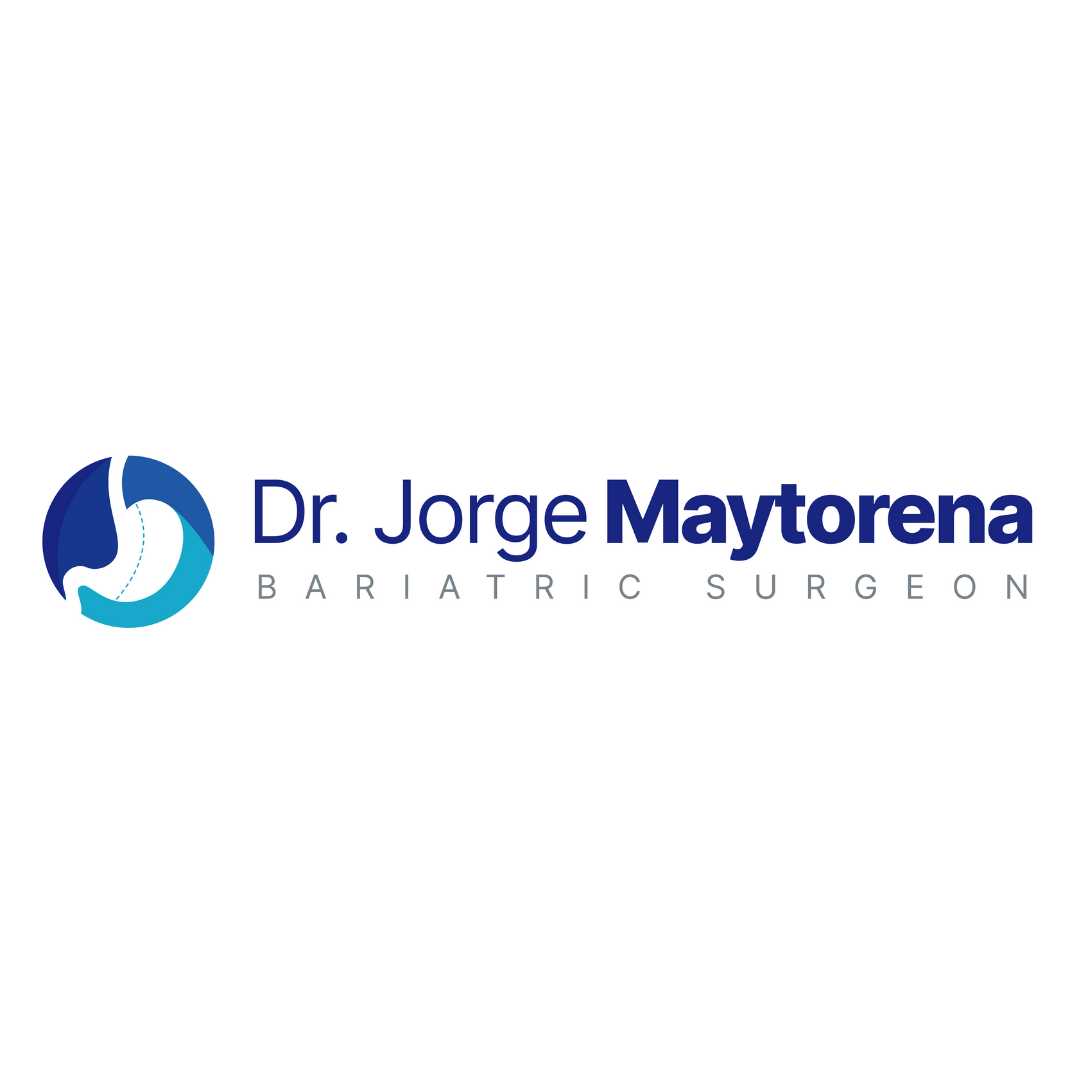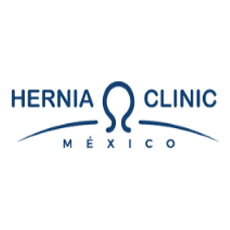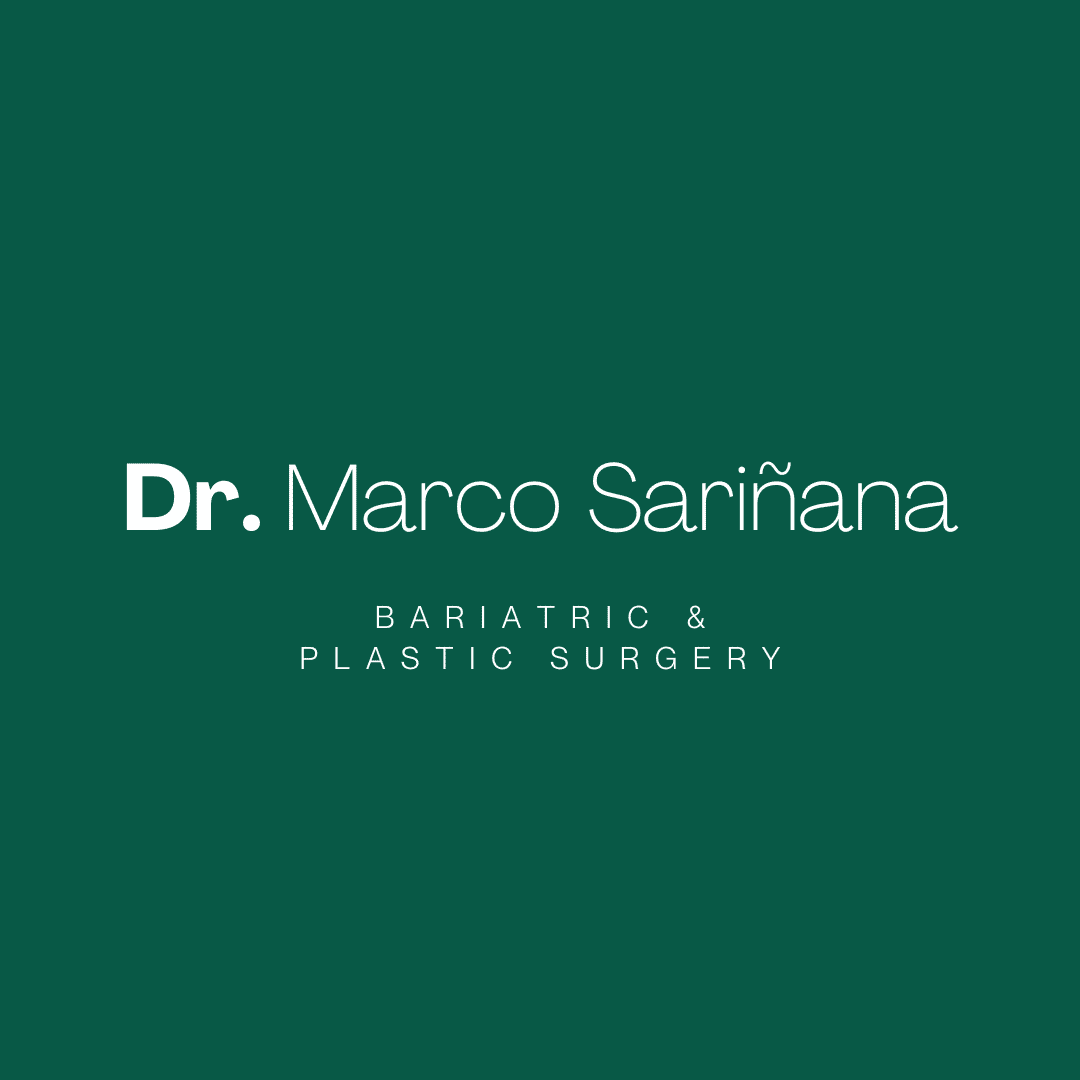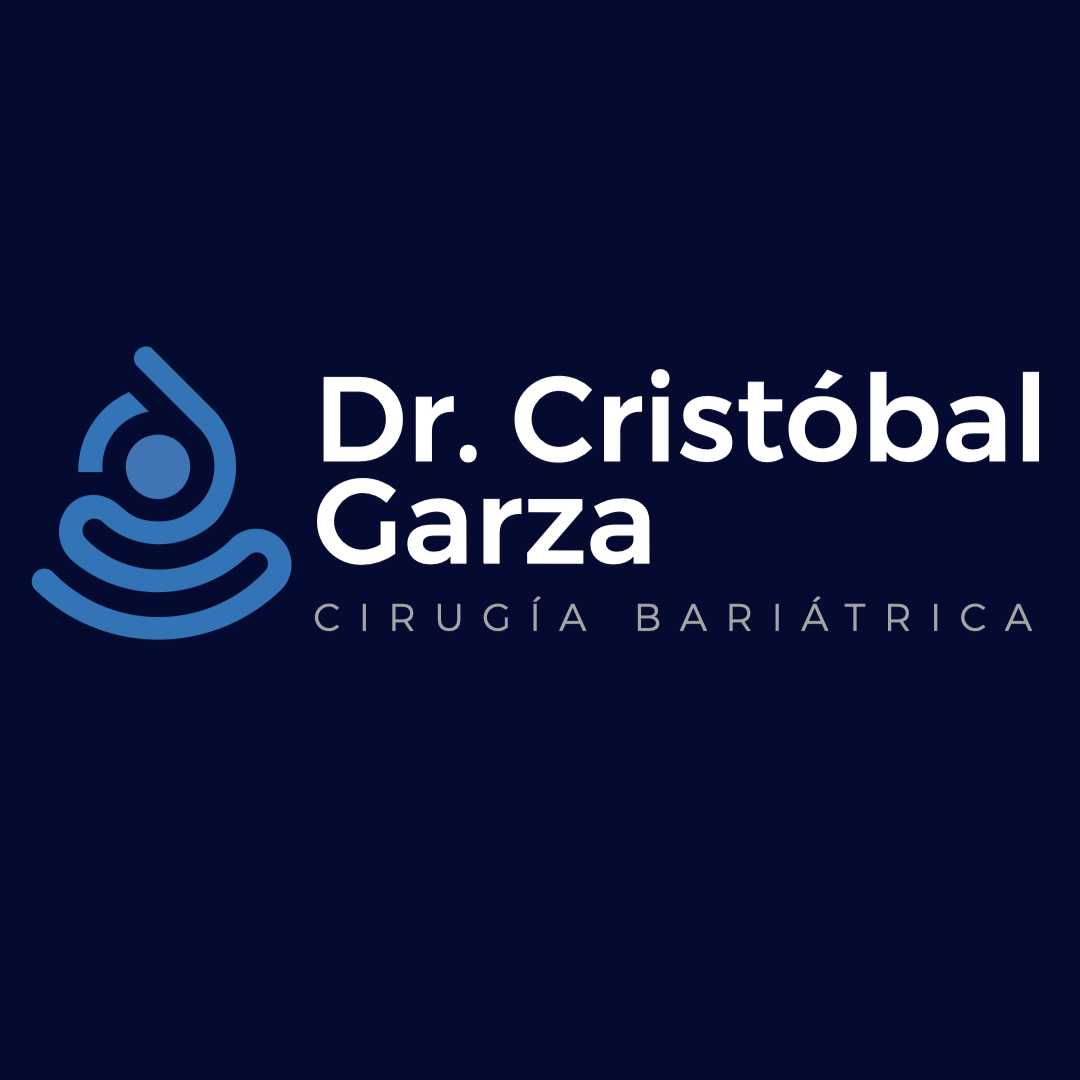Recovery Guide After Mini Gastric Bypass in Mexico
.jpg)
Embarking on a weight loss journey through bariatric surgery like a mini gastric bypass is a life-changing decision, and many choose Mexico for its excellent medical facilities and experienced surgeons. A common and crucial question for anyone considering this procedure is: what does the recovery process actually entail? Understanding the recovery timeline, what to expect immediately after surgery, and the long-term adjustments will help you prepare thoroughly and ensure a smooth transition to your new life.
The recovery for a mini gastric bypass in Mexico is generally well-managed and follows a structured plan designed to promote healing and long-term success. From the initial hours post-surgery to returning home and adapting to new dietary habits, each phase is carefully guided by medical professionals. This guide will walk you through the entire recovery experience, addressing key concerns and providing valuable insights into what you can anticipate when choosing Mexico for your mini gastric bypass.
What is the immediate recovery like after mini gastric bypass surgery in Mexico?
The first 24 to 48 hours post-mini gastric bypass are crucial for initial healing and monitoring. You will wake up in a recovery room, likely feeling some discomfort and grogginess from the anesthesia. Medical staff will closely monitor your vital signs, pain levels, and any signs of complications. Pain medication will be administered as needed, usually intravenously, to keep you comfortable. Nausea is also common in this phase, and anti-nausea medication will be provided.
During this period, early mobilization is encouraged, usually with assistance, to prevent blood clots and promote circulation. You might be asked to take short walks around your hospital room or hallway. A very strict clear liquid diet will begin, often with small sips of water or ice chips, gradually progressing to other clear liquids as tolerated. This initial phase focuses on ensuring your body begins to heal properly and that you are stable enough for the next steps in your recovery.
How long is the hospital stay for a mini gastric bypass in Mexico?
The duration of your hospital stay after a mini gastric bypass in Mexico is generally quite short, reflecting the minimally invasive nature of modern bariatric surgery techniques. Most patients can expect to stay in the hospital for about one to three days. This period allows the medical team to ensure there are no immediate complications, that your pain is well-controlled, and that you can tolerate liquids before discharge.
Factors influencing the length of stay include your overall health prior to surgery, how quickly you recover from anesthesia, your ability to walk and tolerate liquids, and the specific protocols of your surgical team. Before you are discharged, you will receive detailed instructions on medication, dietary progression, wound care, and signs to watch for that might indicate a problem. Many clinics in Mexico provide comprehensive patient education to empower you for a safe recovery at your temporary accommodation.
What kind of pain can I expect during mini gastric bypass recovery?
It's normal to experience some pain and discomfort after any surgery, and a mini gastric bypass is no exception. Most patients report moderate pain in the abdominal area, primarily at the incision sites. This pain is typically sharp initially and then transitions to a dull ache. Gas pain, which can be surprisingly intense and referred to the shoulders, is also common as air used during laparoscopic surgery dissipates from the abdominal cavity.
Your surgical team will provide a pain management plan to ensure you remain comfortable. In the hospital, this might involve intravenous medications, while at home, you will likely be prescribed oral pain relievers. It's important to take your medication as directed and to communicate any persistent or worsening pain to your healthcare provider. The most intense pain usually subsides within the first few days, with residual soreness lasting for a few weeks as your body continues to heal.
What is the diet progression after a mini gastric bypass?
Dietary progression is perhaps the most critical aspect of mini gastric bypass recovery and long-term success. It's a carefully structured plan designed to allow your new stomach pouch to heal, prevent complications, and ensure you receive adequate nutrition while adjusting to smaller portion sizes. This progression typically spans several weeks to months.
Here's a general overview of the diet phases:
- Phase 1: Clear Liquids (Days 1-7): Immediately post-surgery, you'll start with small sips of water, sugar-free clear broths, and sugar-free gelatin. The goal is hydration and ensuring your stomach can hold liquid without issue.
- Phase 2: Full Liquids (Weeks 1-3): This phase introduces thicker liquids like protein shakes, thin creamed soups, and unsweetened juices. Protein intake becomes a priority to support healing and prevent muscle loss.
- Phase 3: Pureed Foods (Weeks 3-5): Smooth, thick foods like mashed potatoes, pureed lean meats, and soft cooked vegetables (blended) are introduced. Textures must be completely smooth to avoid blockages.
- Phase 4: Soft Foods (Weeks 5-8): You can gradually add soft, easily chewable foods like scrambled eggs, flaky fish, and well-cooked vegetables. Chewing thoroughly is essential.
- Phase 5: Regular Foods (Week 8+): Slowly reintroduce regular solid foods, focusing on lean proteins, non-starchy vegetables, and whole grains. You'll learn to identify foods that your new stomach tolerates well and continue to eat small portions.
Throughout all phases, it's vital to drink fluids between meals, not with meals, to avoid stretching the pouch and ensure proper nutrient absorption. Lifelong vitamin and mineral supplementation is also necessary to prevent deficiencies.
When can I return to normal activities after mini gastric bypass surgery?
Returning to your regular routine after a mini gastric bypass is a gradual process that varies from person to person. While you'll be encouraged to move around soon after surgery, it's essential to listen to your body and avoid overexertion. Light activities, such as walking, can usually be resumed within a few days of returning home. Driving is generally safe to resume once you are no longer taking strong pain medication and can comfortably operate the vehicle, typically within 1-2 weeks.
For office-based jobs that don't involve heavy lifting, many patients feel ready to return to work within 2-3 weeks. More physically demanding jobs, or any activities requiring heavy lifting or strenuous exertion, should be avoided for at least 6-8 weeks. This allows your internal incisions to heal completely and prevents complications like hernias. Your surgeon will provide specific guidance based on your individual healing progress.
Are there specific exercise guidelines during mini gastric bypass recovery?
Exercise plays a vital role in recovery and long-term weight management after a mini gastric bypass. However, it must be introduced cautiously and progressively. Immediately after surgery, gentle walking is highly recommended. Short, frequent walks help prevent blood clots, improve circulation, and aid in gas relief. This can begin while still in the hospital and continue once you are home.
For the first 6-8 weeks, focus on low-impact activities. Avoid anything that strains your abdominal muscles, such as heavy lifting, sit-ups, or intense core exercises. As your body heals and your energy levels improve, you can gradually increase the duration and intensity of your walks. After the initial healing period, usually around 6-8 weeks, you can slowly start to incorporate more strenuous exercises like swimming, cycling, and strength training. Always consult with your surgeon or a physical therapist before beginning any new exercise regimen.
What are the potential complications during mini gastric bypass recovery?
While mini gastric bypass is a generally safe procedure, like any major surgery, it carries potential risks and complications during recovery. Awareness of these is crucial for early detection and intervention. Some common, though infrequent, complications include:
- Leakage: A leak from the staple line or surgical connections can be serious and requires immediate medical attention. Symptoms include severe abdominal pain, fever, rapid heart rate, and increased drainage from surgical sites.
- Infection: Infections can occur at the incision sites or internally. Redness, warmth, swelling, pus, or persistent fever are signs of infection.
- Blood Clots (Deep Vein Thrombosis/Pulmonary Embolism): These are serious but preventable. Early mobilization, compression stockings, and blood thinners are used to minimize risk.
- Strictures (narrowing): Scar tissue can cause a narrowing of the new stomach or anastomosis, leading to difficulty eating, vomiting, and pain.
- Nutritional Deficiencies: Due to reduced absorption and intake, deficiencies in vitamins (B12, D), iron, and calcium are common long-term complications if not managed with lifelong supplementation.
- Dehydration: The inability to consume enough fluids can lead to dehydration, especially in the early stages of recovery.
It's important to follow all post-operative instructions carefully and contact your medical team immediately if you experience any concerning symptoms. Most complications can be successfully managed with prompt medical care.
How does medical tourism in Mexico for mini gastric bypass compare to other countries?
Mexico has become a leading destination for medical tourism, particularly for bariatric procedures like the mini gastric bypass. Its popularity stems from several key advantages compared to other countries, including the United States, Canada, and parts of Europe. The primary draw is often the significant cost savings, with procedures in Mexico typically costing a fraction of what they do in many Western countries, often without compromising on quality.
Many Mexican bariatric centers boast state-of-the-art facilities, modern equipment, and internationally trained and board-certified surgeons with extensive experience in weight loss surgery. These clinics frequently cater specifically to international patients, offering English-speaking staff, comprehensive package deals that include accommodation and transportation, and streamlined processes. The proximity for North American patients also makes travel more convenient and less disruptive compared to flying to more distant medical tourism hubs.
What should I pack for my mini gastric bypass recovery trip to Mexico?
Preparing for your mini gastric bypass trip to Mexico involves more than just booking flights and hotels; thoughtful packing can significantly enhance your comfort during recovery. Here’s a comprehensive list of what to consider packing:
- Comfortable Clothing: Loose-fitting clothing, especially around the abdomen, is essential. Think soft loungewear, pajamas, and underwear that won’t put pressure on your incisions.
- Slip-on Shoes: You might find it difficult to bend over to tie laces immediately after surgery.
- Personal Hygiene Items: Your usual toiletries, plus any specific gentle soaps or lotions you prefer.
- Entertainment: Books, magazines, tablet, or laptop to help pass the time during your hospital stay and initial recovery period.
- Important Documents: Passport, visa (if applicable), insurance information, copies of your medical records, and contact information for your surgical team and emergency contacts.
- Pre-approved Medications: Any regular medications you take, along with your surgeon's pre-operative instructions regarding them.
- Small Pillow: A small pillow to place over your abdomen when coughing, laughing, or riding in a car can provide significant comfort.
- Protein Supplements: If your surgeon has recommended specific protein powders for your liquid diet phase, bring an adequate supply.
- Water Bottle: A leak-proof water bottle for sipping fluids throughout the day.
Remember to pack light enough to manage your luggage easily, as you'll be recovering from surgery.
What follow-up care is needed after mini gastric bypass in Mexico?
Post-operative care is crucial for the long-term success and safety of a mini gastric bypass, whether performed in Mexico or elsewhere. While your immediate follow-up will be with your surgical team in Mexico before you return home, ongoing care is a lifelong commitment. Most clinics in Mexico offer options for virtual follow-ups, allowing you to stay connected with your surgeon and nutritionist once you're back in your home country.
Key components of ongoing follow-up care include:
- Regular Medical Check-ups: You'll need appointments with your primary care physician and potentially a bariatric specialist to monitor your health, weight loss, and address any concerns.
- Nutritional Counseling: Continued guidance from a registered dietitian is vital to ensure you are meeting your nutritional needs, managing dietary changes, and preventing deficiencies.
- Blood Tests: Regular blood work will be necessary to monitor vitamin and mineral levels (especially B12, D, iron, and calcium) and check for any metabolic changes.
- Lifelong Supplementation: Consistent intake of prescribed vitamin and mineral supplements is non-negotiable to prevent serious deficiencies.
- Support Groups: Participation in bariatric support groups, either online or in person, can provide invaluable emotional support and practical advice from others on a similar journey.
Coordinating care between your Mexican surgical team and your local healthcare providers is highly recommended to ensure seamless and comprehensive long-term management.
Considering a mini gastric bypass or other healthcare options abroad? Explore PlacidWay's comprehensive solutions for medical tourism, connecting you with world-class facilities and expert care.


.png)














Share this listing